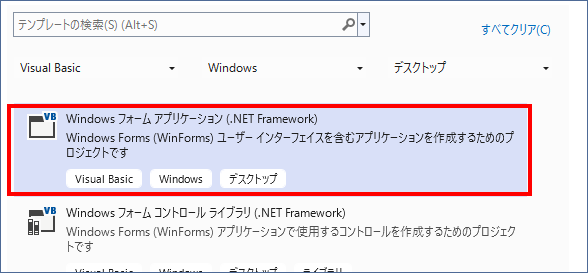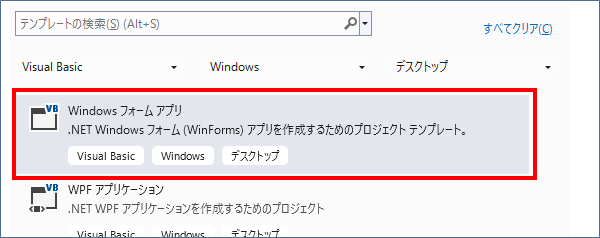About the IPLink client library sample collection
The following pages provide samples that use the IPLink client library. These samples can be used as a reference when developing using the IPLink client library.
See below for sample downloads.
•IPLink client library sample collection
How to install the IPLink client library
To install the IPLink client library on a client PC, use the installer in this package.
You can select custom installation from the installer and install only "IPLink Client Library".
Points to note when installing the IPLink client library
The installer is available in 32-bit and 64-bit versions. Please refer to the following and select the installer you need to install.
■ If you want to compile the user application in 32 bits
For both development and execution environments, please set up the IPLink client library using the 32-bit installer.
However, if you are developing using Visual Studio 2020, please also install the 64-bit version in your development environment.
■If you want to compile the user application in 64-bit
For both development and execution environments, please set up the IPLink client library using the 64-bit installer.
However, if you are developing using Visual Studio 2010 ~ 2019, please also install the 32-bit version in your development environment.
|
Both the 32-bit and 64-bit versions can be installed in the same environment. However, please note that the 64-bit version cannot be installed on a 32-bit OS. |
Available frameworks
The only framework that can be used in a VisualStudio project is ".Net Framework". ".Net6.0" etc. cannot be used.
Example) VisualStudio2022
The following is available:

The followingNot available.

Migrating from previous versions
If you have created a IPLink client application using the older versions "ClientIPLink4.ocx (IPLink library for Version 4)" or "ClientIPLink5.ocx (IPLink library for Version 5)", connection to the IPLink server of Version 6 is not guaranteed. Therefore, applications created with older versions must be migrated to the new version.
The migration steps are as follows:
1.Install Version6 product.
2.Start your development environment (for example, VisualBasic.NET) and paste a new "ClientIPLink6.ocx (IPLink library for Version6)".
3.Make all of the newly pasted properties the same as the properties in the old library.
* When migrating a program developed with VisualBasic 6 to VisualBasic.NET, some property names will change. The changed names are as follows:
VisualBasic 6 Name |
VisualBasic.NET Name |
Update |
CtlUpdate |
State |
CtlState |
If you are using the properties in the above table in your source code, you will need to make changes.
4.Delete the old library.
5.Please check all the movements to make sure it works.